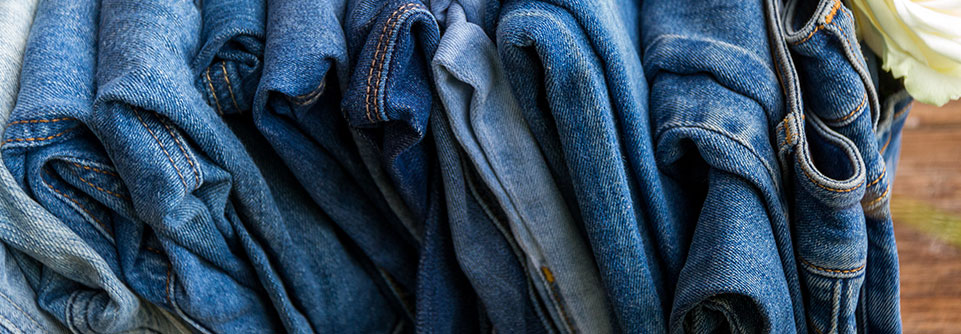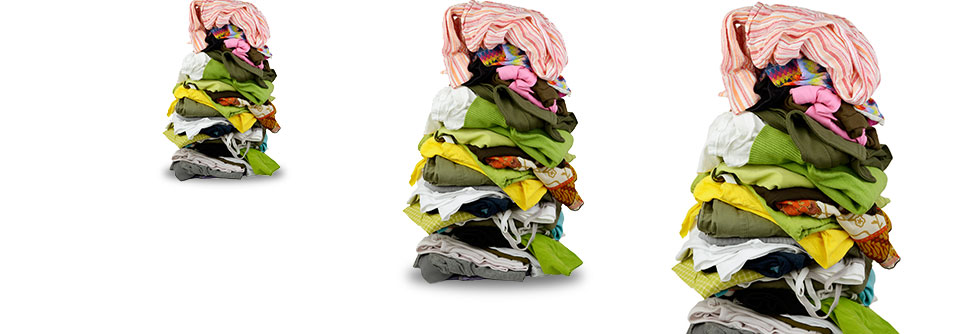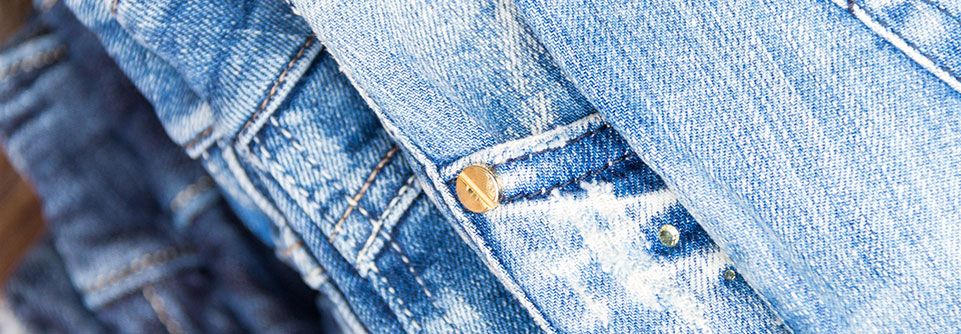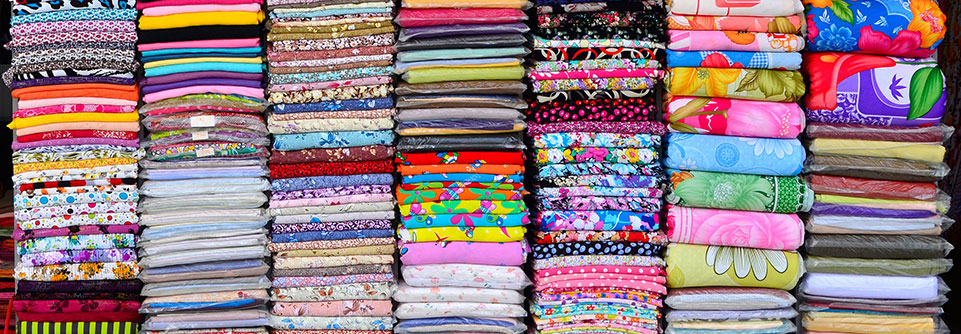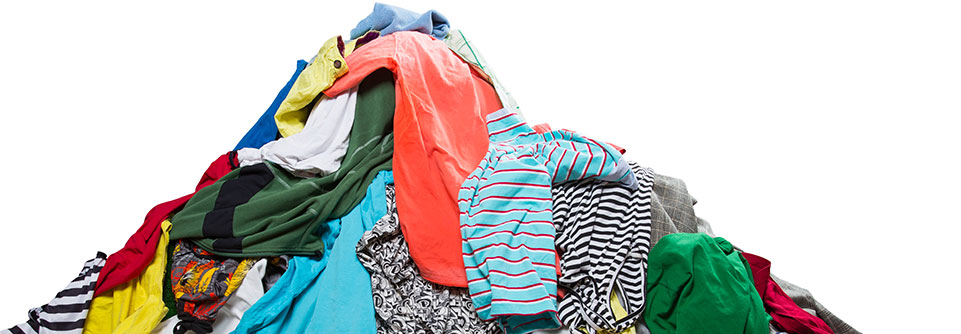When The Capsule Wardrobe Experiment Fails – Staff Diary
Posted on July 4th, 2020
 Position: Executive Administration
Position: Executive Administration
Years At Company: 5
Length Of Experiment: 10 months
Why I did it: http://textilewastediversion.com/525/
There is a lot of talk of this subject around the office, and I felt that as a representative of a circular economy compatible company, it was a moral obligation to try and walk the walk even in my personal life. Like most Canadians I had a massive wardrobe, mostly of poor quality fast fashion. I wasn’t proud of it given the industry I worked in.
I used to cycle through my entire wardrobe until I had mountains of laundry that would take me a full day to do. I loathed it. Capsule wardrobe’s were en trend at the time and I thought it would be a perfect fit for my busy lifestyle and I truly believed the capsule wardrobe would free me from laundry.
Why I thought I would make it:
I wear the same sort of thing for every occasion.
Day: yoga pants, sketchers, a tee, yoga or tanktop with some sort of sweater/cardigan.
Evening: it’s exactly the same just nicer fabric and dressy flats. It’s my pyjama wardrobe that’s epic.
I only own three pairs of shoes – a pair of sketchers, a pair of dressy flats, and a pair of really tacky beach sandals that I wear with construction socks mostly around the house and around town, to my husband’s dismay. (So comfortable, I don’t even care how it looks)
Given my lack of fashion sense or care to begin with, I thought that it would assure me success in a capsule wardrobe lifestyle.
How I did it:
I monitored my clothes and textile wearing/using behaviour to determine a reasonable list that would get me through the week plus one or two extras in EVERY textile category.
I only kept enough items to fit that inventory list, the rest of it I put in bags – yes, all of it, and added it to a clothing drive one of our clients was hosting. I decided only to keep items that I absolutely loved and were sustainably made. That left me with almost nothing, so I treated myself to a massive shopping spree. It was very difficult to do given that ethically sourced fashion, especially for a plus size woman, is not fast or cheap. It turned into quite a quest and a hefty credit card bill! I will admit, this portion of the process was actually quite enjoyable and also very educational.
The Honeymoon Period
For the first two months I really enjoyed it. Getting dressed in the morning was easy, I loved everything I put on, and I was proud of what I was wearing as a representative of the sector. I felt fully aligned with the process. When laundry day came around, 7 loads turned into 3 – regular clothes, delicates, linens. Easy!
The Laundry Boogeyman Returns
There were a few things I did not account for when beginning this journey that ended up eventually contributing to its failure:
Being a clutz: I am one of those people that spill coffee and other things onto everything I wear. Fast fashion is forgiving when it comes to these things, is very easy to launder, and even when my klutziness eventually takes too much of a toll, the clothing is so inexpensive, it’s easy to replace. Sustainable fashion is quite costly, and often very delicate. Having to pay that much attention all day to not getting my clothes dirty became very annoying over time and seeing how easily an expensive item can be ruined was quite disheartening. Not only did it take a lot of joy out of wearing my clothing, it caused me to pay a lot of attention to it, which is something I did not enjoy as clothing is something I never thought about, and don’t care to. It became quite stressful!
Body Odour: hectic schedule, doing a lot of running around, pets, klutziness and pre-menopausal hormones make it very unlikely that I can wear a piece of clothing more than once before it needs to be laundered. This is something that I did not account for when I was planning my wardrobe. With a limited number of items in my wardrobe, I would run out of clothes very quickly with nothing in the back of the closet to make do with. Emergency late night laundry sessions became routine.
Boring: despite the fact that my style is pretty identical day-to-day, I really did not think I would get bored of the awesome capsule wardrobe I bought myself. Approximately six months into the experiment I became really bored during a time in my career where I was having several meetings with the same people or organizations, I felt like I was wearing the same thing to every meeting or event – and it did start to give me a complex. Having a larger wardrobe did allow me a lot of variety even though the items were quite similar. I would be lying if I didn’t say I missed that.
Endless Laundry
Escaping the laundry monster was my biggest personal inspiration. I used to hate having to waste an entire day getting caught up on ridiculous amounts of laundry.
Although with the capsule wardrobe the quantity of loads is drastically reduced, the frequency of having to do laundry increases exponentially and I always felt like I was running out of clothes, at the most inopportune time, with no other recourse than to be forced to do more laundry.
With cheap fast fashion only five minutes away, before my capsule wardrobe, it was quite easy for me to skip doing laundry by buying a cheap teeshirt, package of undies/socks to tide me over, or making do with something I could rummage from the back of my closet. A capsule wardrobe that is sustainably sourced offered me no convenient alternative as my replacement options were limited, costly and a distance away. Even with the capsule wardrobe, there is no escaping the laundry monster.
The other issue is that although sustainable fashion is of much better quality, the fact that it was being laundered as frequently as it was, it began to show. Being so expensive and inconvenient to replace, added to the disheartening effect
Being Honest
You don’t see much written about capsule wardrobes anymore, and I am wondering if there are many other failed capsular’s out there that faced similar disappointment as I did. There is a lot of pressure being put on everybody to adjust our consumption behaviour, but currently sustainable fashion in Canada is not yet as accessible or affordable as we need it to be. So what is the solution?
I would still advocate to buy sustainably whenever possible – voting with your dollars is the best way to shape an industry. Put pressure on your favourite fashion brands to offer you convenient, easy to launder and affordable clothing that is sustainably made.
I have since increased my wardrobe with new pieces to add variety and decrease the frequency of doing laundry. I still do my best to keep items sustainable, and to avoid fast fashion when possible but I am far less likely to shame myself for the odd fashion misstep.
Where I focus my energy, is on the end-of-life process. Instead of hoarding massive amounts in the back of my closet, I have employed little things, like seasonal wardrobe purges as well as disposing of something every time I buy something new.
Being in this industry I also know that when you recycle clothing that is still of very good quality, these items often end up in the hands of struggling members of the local community. Reuse is always prioritized in the recycling sector. Therefore I am more likely to dispose of an item while it’s still of good quality, knowing that it is supporting a job creating industry and that none of it is going to waste.
PS: I still hate doing laundry.
